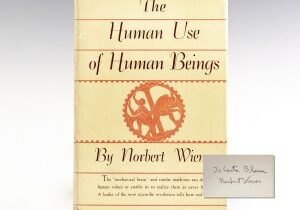Gone with the wind which had swept through Georgia,” says Scarlett O’Hara in Chapter 24 of the romantic historical novel. She uses the title phrase as she wonders whether her home plantation “Tara” still stands or is gone. The title reflects the loss of a lifestyle that existed in the American South before the Civil War. It is taken from the poem Non Sum Qualis Eram Bonae sub Regno Cynarae by Ernest Dowson; therefore, it also alludes to lost passion for the old way of life. Gone with the Wind is set in Clayton County, Georgia and Atlanta during the American Civil War and Reconstruction era. It depicts the experiences of Scarlett O’Hara, the spoiled daughter of a well-to-do plantation owner, who must use every means at her disposal to come out of the poverty she finds herself in after Sherman’s “March to the Sea.” Scarlett’s character is befitting of romance, but she also illustrates cultural themes. For example, she is a southern belle, the archetype for a young, upper class woman of the old American South. The southern belle’s attractiveness lies not in her physical beauty but her charm as a correct code of female behavior aimed at finding a male spouse (Seidel, 1985). Nonetheless, Scarlett also has bad belle traits – deceitfulness, manipulativeness, and superficiality – by which author Margret Mitchell suggests the unnaturalness of the South belle ideal (Entzminger, 2002).
Cultural insight aside, Mitchell received the Pulitzer Prize for Fiction for Gone with the Wind in 1937, the only book she ever published, and two years later it was adapted into the classic American film. Its enduring legacy is indisputable. People worldwide have come to accept it as an accurate account of the reformation of the Old South by the American Civil War and Reconstruction, for which the film only “amplified this effect” (Williamson, 1993).












